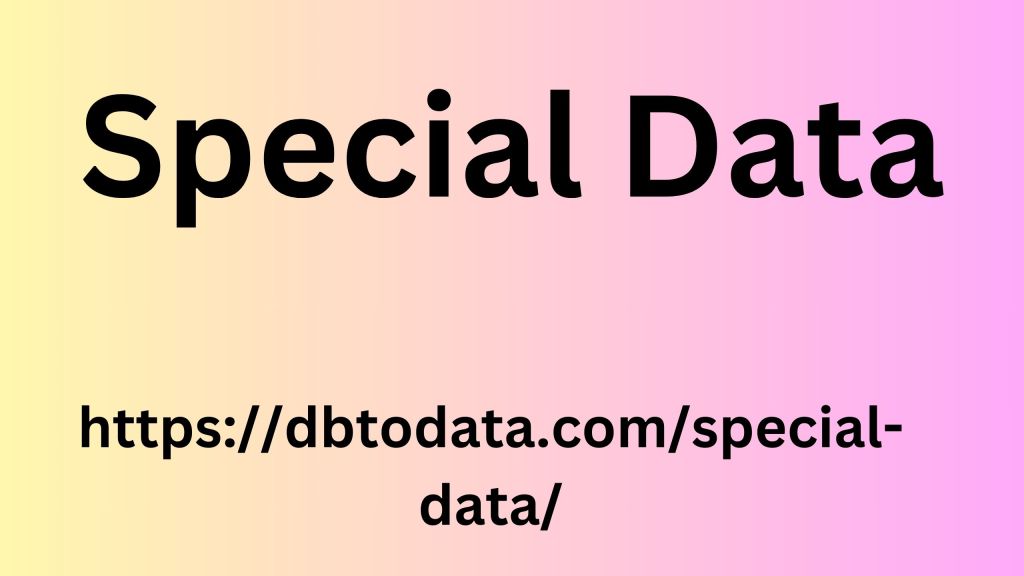|
|
In this respect, suitable images in an e-commerce context can perhaps appeal more to an emotional level and give you the feeling that you have always wanted this product. In other contexts, an explanatory (info)graphic may be more suitable because it can be read much faster and more precisely than a 500-word paragraph. The SEO approach is always identical: sufficient size (image dimensions), compressed as much as possible (file size). This way you can achieve good loading times. In addition, clean on-page optimization (alt text, image caption, embedding paragraph and the heading before this paragraph) ensures that.
Google can correctly assign the relevance of the image to a specific keyword. It is also very Special Data important to include the image where it belongs in terms of content. So not an image carrousel with 10 product images at the beginning and then pages and pages of text. The golden rule is: every second paragraph needs a keyword-relevant image.” pictures-seo-checklist-martin-mißfeldt-2018 A great image SEO checklist from Martin Mißfeldt.

What should you generally pay attention to when using images in content marketing? “Not just in content marketing, but in general: the multiple use of an image is always good for the ranking. However, it is important to ensure that you always give the image the same (!) keyword signals. There should never be any inconsistency between what is in an image and why it is relevant to that keyword.” Is there an optimal image size for images in content marketing? “No, the bigger the better. A reasonable upper limit is currently approx .
|
|
